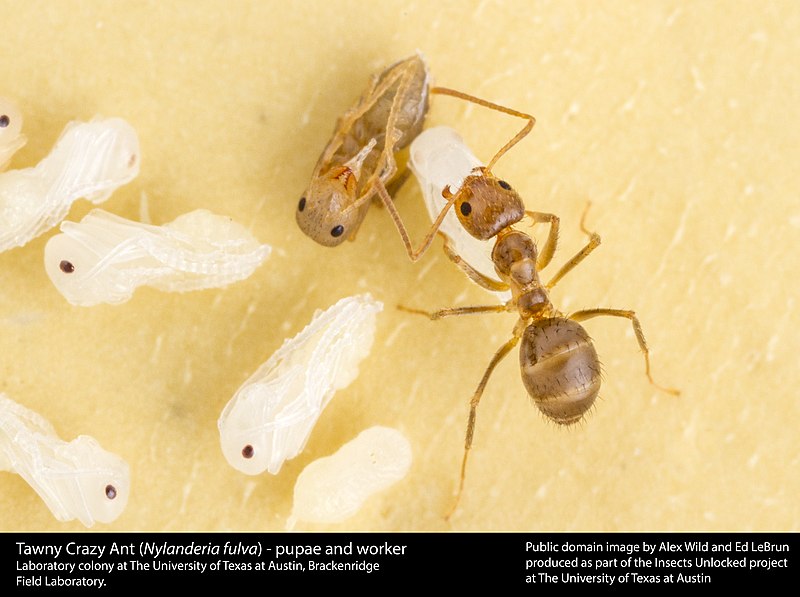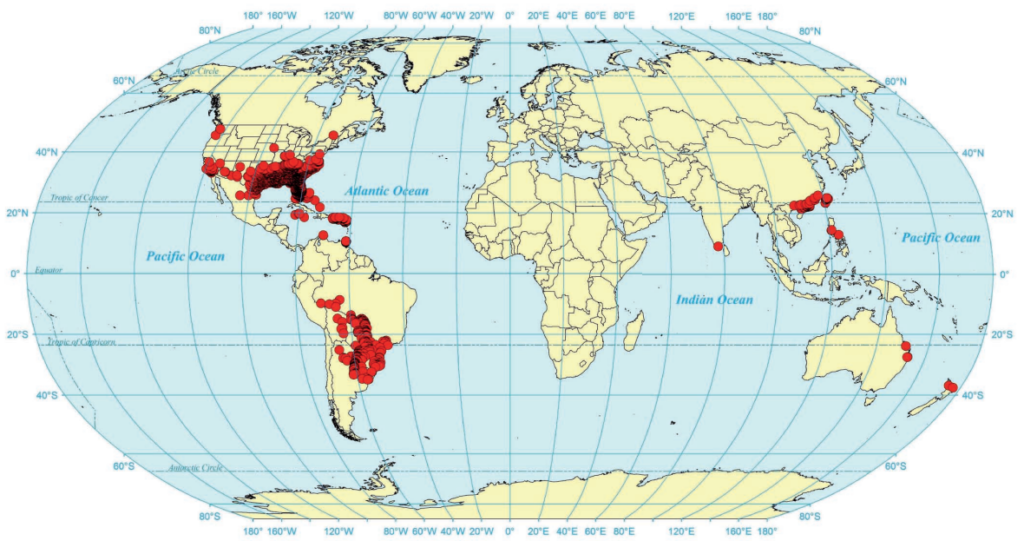
Unleashing the Secrets of Ant-Keeping Interior

Unleashing the Secrets of Ant-Keeping Interior

Ants are some of the most fascinating creatures in the animal kingdom, with a level of social organization and communication that rivals even the most advanced human societies. As an ant keeper, I’ve had the privilege of getting up close and personal with these tiny insects, and it never ceases to amaze me just how intelligent and complex they are. However, not all ants are created equal. In recent years, there has been growing concern over the threat posed by invasive ant species.
These are non-native ants that have been introduced to an ecosystem and have the potential to cause significant harm to the local flora and fauna. I believe it’s important for all of us to be aware of the issue and take steps to prevent the spread of invasive species.
In this blog post, I’ll be outlining what you need to know about invasive ant species, including what they are, why they’re harmful, how they spread, and what you can do to help prevent their spread.
Invasive ant species are non-native ants that have been introduced to an ecosystem where they did not previously occur naturally. These ants can come from other parts of the world and can be accidentally or deliberately introduced by humans. Once they become established in a new environment, they can quickly spread and outcompete native ant species for resources.

Invasive ant species are a major threat to the biodiversity of local ecosystems. According to a study by the Global Invasive Species Database, invasive ant species are responsible for 18% of all known invasive insect impacts. This is a significant figure, given the numerous species of insects that can cause harm.
For example, the Argentine ant (Linepithema humile) is an invasive species that has spread to many parts of the world, including Europe, Asia, and North America. These ants are known for their aggressive behavior and ability to form large supercolonies, which can displace native ant species and other insects. In some cases, they can also disrupt the natural balance of the ecosystem by preying on native fauna or altering the abundance of other insects.
Invasive ant species can cause significant harm to local ecosystems, both in terms of biodiversity and economic impact. They can outcompete native ant species for resources, disrupt the food web, and damage habitats.
Invasive ant species can have a particularly damaging effect on the agriculture and forestry industries. According to the United States Department of Agriculture (USDA), invasive ant species can damage crops and reduce yields, leading to significant economic losses. The USDA estimates that invasive ants cause over $5 billion in damages and control costs in the United States alone.

For example, the red imported fire ant (Solenopsis invicta) is an invasive species that is particularly harmful to agriculture. These ants are known to feed on crops, including fruits, vegetables, and nuts, and can also damage farm equipment. In addition, their stings can be painful and cause anaphylactic shock in some people and animals, making them a significant public health concern.
Invasive ant species can spread in a variety of ways, including human activities such as international trade, transportation, and travel. They can also be accidentally or deliberately introduced by people, through the movement of plant material, soil, or live ants.
Ant keepers and members of the public need to be aware of the risks associated with importing live ants or ant products from other countries. According to the Invasive Species Specialist Group, the pet trade is a significant pathway for the introduction of invasive ant species. This is because some ant species are highly sought-after as pets or for scientific research, and can be easily transported across international borders.

For example, the Tawny crazy ant (Nylanderia fulva) was accidentally introduced to the United States in the early 2000s, likely through the transport of potted plants from South America. These ants have since spread to several states and are known for their ability to disrupt electrical systems, including air conditioning units and other electronic equipment. It is believed that this species was introduced through the horticulture trade.
There are several things ant keepers and members of the public can do to help prevent the spread of invasive ant species. These include being aware of the risks associated with importing ants or ant products from other countries, not releasing ants into the wild, and reporting any sightings of invasive ants to local authorities.
Reporting any sightings of invasive ants is particularly important, as this can help to prevent their spread and facilitate rapid response and control efforts. According to the Invasive Species Specialist Group, early detection and rapid response is the most effective way to prevent the establishment of invasive ant species.

Worldwide distribution records of Solenopsis invicta (Red Imported Fire Ant)
James Wetterer, CC BY 3.0 https://creativecommons.org/licenses/by/3.0, via Wikimedia Commons
For example, in 2013, the Asian needle ant (Brachyponera chinensis) was detected for the first time in the United States, Georgia. This species is known for its painful sting and can disrupt the local ecosystem. Thanks to the rapid response efforts of the Georgia Department of Agriculture and the U.S. Department of Agriculture, the ant was successfully eradicated before it could spread further.
Invasive ant species are a significant threat to local ecosystems, with the potential to cause significant harm to the biodiversity and economic viability of an area. As ant keepers and members of the public, it’s important to be aware of the risks associated with importing live ants or ant products from other countries and to take steps to prevent their spread. By being vigilant and reporting any sightings of invasive ants, we can help to prevent their establishment and protect the ecosystems where we live.